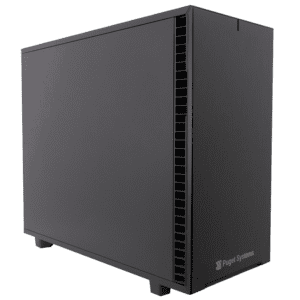When it comes to building a custom PC, one of the most important selections is the graphics card. What used to be viewed as a distinction, often limited to gaming systems is now a vital part of many computers ranging from post-production workstations to trading PCs requiring support for 8+ monitors.
Since the number of choices for graphics cards can be overwhelming, we cull through many brands and models until we find those which meet our performance and reliability standards. Only then do we offer specific brands and models for placement in a computer crafted by Puget Systems.
